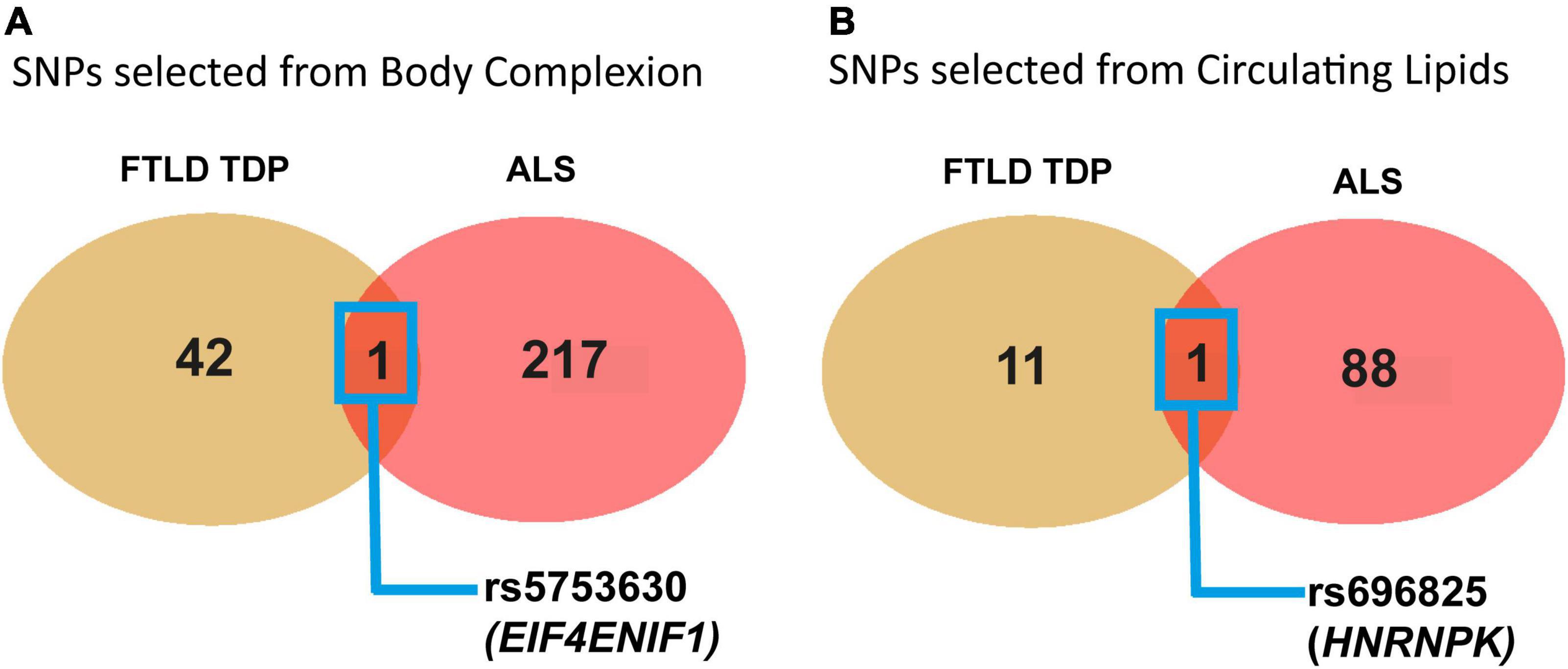Frontotemporal dementia (FTD) and amyotrophic lateral sclerosis (ALS) are two distinct degenerative disorders with overlapping pathology, including the presence of TDP-43 aggregates in nearly 50% of patients with FTD and 98% of all patients with ALS.
The BMI and circulating lipids are complex traits that have been previously associated with ALS, and to a much lesser extent with FTD. The BMI seems to be delineating the clinical form along the spectrum, with the smaller BMI at the ALS end and the highest in the FTD end of the spectrum.
Scientists from Instituto de Investigación Sanitaria San Carlos (IdISSC), and Universidad Complutense de Madrid in Spain, hypothesized that some of the genetic variants affecting body's lipid metabolic traits could be associated with particular clinical forms of TDP-43 proteionopathies within the spectrum of disorders of FTD and ALS.
To assess this hypothesis, the authors used an analytical tool known as Mendelian randomization analysis (MR) of 2 samples (2SMR), which allows for the identification of overlapping genetic variants betthe authorsen several risk factors and the disease of interest.
Many epidemiological study designs are limited in the ability to discern correlation from causation. Mendelian randomization is a statistical method using variation in genes (alleles) to reduce the impact of confounding factors, which often mislead the interpretation of results from epidemiological studies. It relies on the fact that groups of individuals defined by genetic variation associated with an exposure should be largely unrelated to the confounding factors. Yet using only one set of data is not without its own problems, so scientists prefer to use two sets of independant data.
Two-sample Mendelian randomization refers to the application of Mendelian randomization methods to summary association results estimated in non-overlapping sets of individuals. These data can be obtained from the published literature, typically from summary results provided by consortia of genome-wide association studies (GWAS), or estimated directly from individual-level participant data.
The scientists from Madrid conducted two independent studies in parallel to evaluate the effect of genetically predicted body complexion and circulating lipids on the risk of FTLD TDP subtype and on ALS and compared their effects in these two TDP-43 related diseases that belong to a spectrum of disorders.
The authors found that body trunk mass and triglycerides levels could be more relevant for the risk of FTLD TDP subtype, and on the contrary, the levels of LDL cholesterol, and possibly linoleic and omega 6 fatty acids, play a more important role in the risk of ALS.
 Moreover, they identified two genetic variants shared in the two studies conducted on FTD and ALS. These two variants are located in two genes that encode proteins with role in RNA metabolism which is a well-documented pathological mechanism operating in these disorders.
Moreover, they identified two genetic variants shared in the two studies conducted on FTD and ALS. These two variants are located in two genes that encode proteins with role in RNA metabolism which is a well-documented pathological mechanism operating in these disorders.
Though the significantly associated circulating lipid traits were different between FTD and ALS, the researchers could identify a common significant genetic variant in the HNRNPK gene in both the diseases. This gene is widely expressed in neuronal tissue and encodes for the hnRNP K protein. Similar to TDP-43, which is also a family member of hnRNP proteins, this protein binds to RNA and has a role in RNA processing and maturation. This protein is altered in models of ALS with TDP43 mutation, and recently, it has been found mislocalized in patients with FTLD.
Curiously, it has been shown that hnRNP K phosphorylation controls the aggregation of TDP-43 in the cytosol. These findings suggest that HNRNPK could be a potential molecular causal link between the lipid metabolic alterations and ALS/FTD spectrum of disorders.
In conclusion the scientists demonstrated that lipid metabolic genetic variation is important pathological mechanism contributing to these multifactorial complex disorders etiology. In particular, their study suggests that higher LDL cholesterol and fatty acid levels could potentially have a causal role in the risk of ALS.

